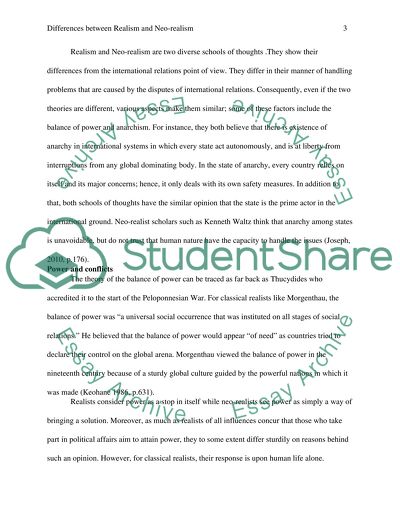Cite this document
(“Differences between Realism and Neo-realism Essay”, n.d.)
Retrieved from https://studentshare.org/history/1491769-what-is-the-difference-between-realism-and
Retrieved from https://studentshare.org/history/1491769-what-is-the-difference-between-realism-and
(Differences Between Realism and Neo-Realism Essay)
https://studentshare.org/history/1491769-what-is-the-difference-between-realism-and.
https://studentshare.org/history/1491769-what-is-the-difference-between-realism-and.
“Differences Between Realism and Neo-Realism Essay”, n.d. https://studentshare.org/history/1491769-what-is-the-difference-between-realism-and.


